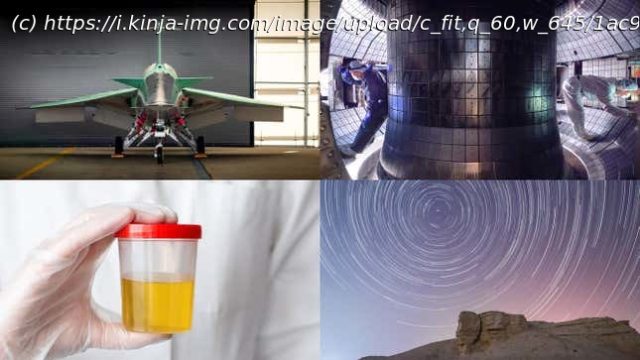Catch up on our best science stories from this week.
NASA’s supersonic experimental plane—the linchpin of the agency’s Quesst mission—is set to roll out of its warehouse in the California desert next week. We’re gassed for the big moment: the X-59 has been in development for six years, and, if successful, it will demonstrate supersonic flight without sonic booms. — Isaac Schultz Read More
The Korea Institute of Fusion Energy has installed a new diverter in the KSTAR tokamak, allowing the artificial sun to sustain high-ion temperatures exceeding 100 million degrees Celsius for longer. — Isaac Schultz Read More
Scientists say they’ve finally answered an age-old question: Just why is our pee yellow? In new research, a team found the enzyme produced by gut bacteria that plays a major role in turning our urine mellow. Curiosity aside, the discovery may actually help scientists better understand the gut microbiome and how it can contribute to certain health conditions, like jaundice in newborns. — Ed Cara Read More
Meteor lovers, rejoice. The year’s first big shower is upon us. Here’s everything you need to know if you want to catch a glimpse of these fireballs.
Situated between the constellations Bootes and Draco (right near the Big Dipper), the Quadrantids are named for Quadrans Muralis, a now-defunct constellation.
Домой
United States
USA — software NASA's Quiet Supersonic Plane Preps for Flight and More Top Science News...






